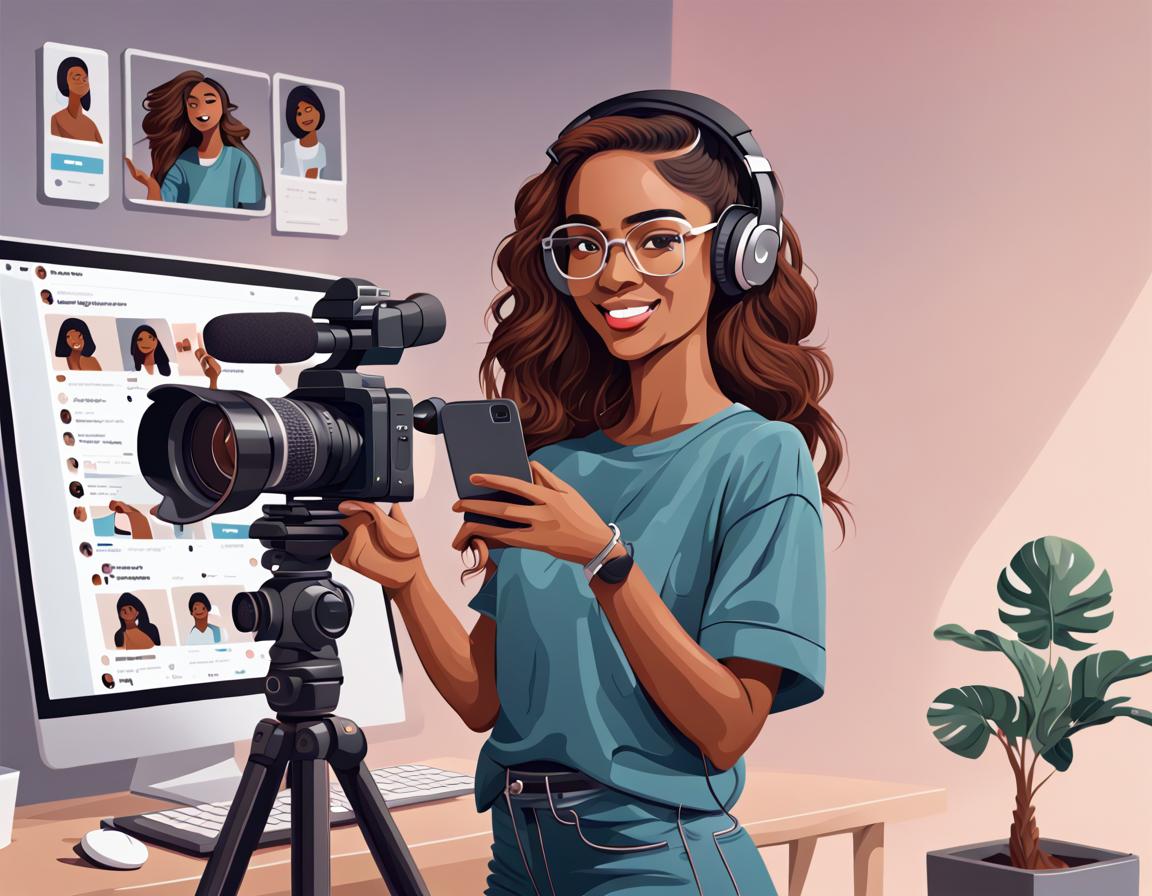AI skills have become increasingly valuable across sectors, not least of all marketing. The trend precedes the public availability of ChatGPT: According to a global Statista survey, 90% of marketing professionals used AI tools in 2022. The percentage was nearly as high, at 88%, in 2021.
Dr. Anushika Babu Vadlamudi was an early adopter of AI in digital marketing. As chief marketing officer for the San Jose-based tech training and assessment platform AppSecEngineer, Vadlamudi both uses AI in marketing and teaches others how to do it. She does this in part through talks like the “Practical AI Techniques for High Performance Marketers” workshop she led at the Cybersecurity Marketing Society’s CyberMarketingCon 2023.
AppSecEngineer scaled very quickly, Vadlamudi said, with the help of AI. The company hit $1 million in revenue and 10,000 paid users in under 18 months.
“The reason we were able to achieve that kind of landmark was simply because we automated everything we could automate,” Vadlamundi told Technical.ly.

Dr. Anushika Babu Vadlamudi. (Courtesy)
The anatomy of the prompt
AI is all about the prompt. Without that bit of human interaction giving it directions, it’s nothing, whether you’re using ChatGPT, Midjourney or DALL-E.
“One of the things that I did continue to do, and continue to teach people to do, is build prompt libraries that work specifically for your use case,” Vadlamudi said. “Everybody has a unique use case and building the right form takes time.”
The way a prompt is formatted is important, Vadlamudi stressed. She makes her own regularly updated prompt library available for free online to help cybersecurity marketers learn the right way to craft a prompt.
If you didn’t know any better, you might think the prompt library — basically a list of categorized prompts — was a worksheet from a Marketing 101 class.
For example, to make a Twitter thread:
Create an engaging Twitter thread on the latest cybersecurity threats and best practices. Include 5 threads. Include related hashtags like #CyberSecurityAwareness, #InfoSec, and #DataProtection.
Or, to create Google Ads copy:
Craft a concise and persuasive ad copy for our Google Ads campaign targeting “cybersecurity solutions”, focusing on the key features and advantages of [Cybersecurity Software] based on this URL: [Product URL].
The task is the most important element of the prompt, followed by context and background, example, format, persona and tone. As Vadlamudi says, understanding, mastering and customizing your prompts takes some work, but it streamlines the process significantly in the long run.
“I teach the anatomy of the prompt and then go into each specific area of that,” Vadlamudi said. “When it comes to background, how do you teach the AI to think for you? And then another thing that marketers don’t quite understand is that there are so many different types of prompts [that] you can actually teach your AI model to build your prompt for you.”
Prompting strategy
With the right prompts, a generative AI chatbot like ChatGPT can help automate marketing strategy. For instance, if you want to analyze your target audience, you can trigger it with a prompt like:
Identify and analyze the primary target audience segments for our cybersecurity solutions, considering demographics such as IT managers in medium to large enterprises, psychographics like security-consciousness, and buyer behavior.
You also use it to create a marketing calendar with a prompt like:
Create a 6-month content calendar for a cybersecurity company. Include formats like social media posts, webinars, LinkedIn Lives, blog posts, and infographics. Include 3 pieces of content per week.Competitor Analysis ListCreate a list of the top 5 competitors for [Your Cybersecurity Company/product/service Name].
“And then, at this point, you can ask for an output as a table and then move that into your Google Sheets,” Vadlamudi said. “And now you have a basic skeletal outline of your calendar ready. The next steps I would do would be starting to work from video backwards because, at the end of the day, that is the content that garners the most views.”
The generative AI chatbot can write your scripts based on detailed prompts that can ask it to, for example, create a three-minute script that can be broken down into five short-form videos.
When you make the video, you can use AI to make corrections such as eliminating “ums,” as well as setting it so you’re making eye contact with the viewer when you’re not looking into the camera.
“Once you get the hang of it, it does become very easy,” Vadlamudi said of using different AI tools. “It does become very fast. It’s a skill like anything else.”
Beyond social media
Using AI for social media is just the tip of the iceberg: AI and CGI can be used to create larger-than-life marketing campaigns — or, at least, the illusion of one.
A good example of next-level AI-driven marketing is the viral Maybelline ad in London featuring a train with a giant eyelash that drove through a giant eyelash brush that appeared to be installed in a station.
Actually installing something like the eyelash train could be prohibitively expensive and dangerous to pull off, if the marketing firm could even get permission to do such a public stunt in the first place. But AI creates a useful shortcut, according to Vadlamudi.
“The really cool thing is we now live in an age where this video was generated without having to get any of those permits, not having to actually set up that time. It was entirely generated with AI and then released on social media and that went viral on its own,” Vadlamudi said. “So you got all of these eyeballs on this team and all of this publicity without actually having to do any of the stunt work that would have been needed for it.”
“Marketing will be very, very interesting going forward,” she added.
Before you go...
Please consider supporting Technical.ly to keep our independent journalism strong. Unlike most business-focused media outlets, we don’t have a paywall. Instead, we count on your personal and organizational support.
3 ways to support our work:- Contribute to the Journalism Fund. Charitable giving ensures our information remains free and accessible for residents to discover workforce programs and entrepreneurship pathways. This includes philanthropic grants and individual tax-deductible donations from readers like you.
- Use our Preferred Partners. Our directory of vetted providers offers high-quality recommendations for services our readers need, and each referral supports our journalism.
- Use our services. If you need entrepreneurs and tech leaders to buy your services, are seeking technologists to hire or want more professionals to know about your ecosystem, Technical.ly has the biggest and most engaged audience in the mid-Atlantic. We help companies tell their stories and answer big questions to meet and serve our community.
Join our growing Slack community
Join 5,000 tech professionals and entrepreneurs in our community Slack today!

The person charged in the UnitedHealthcare CEO shooting had a ton of tech connections

Delaware students take a field trip to China using their tablets and ChatGPT

From rejection to innovation: How I built a tool to beat AI hiring algorithms at their own game




